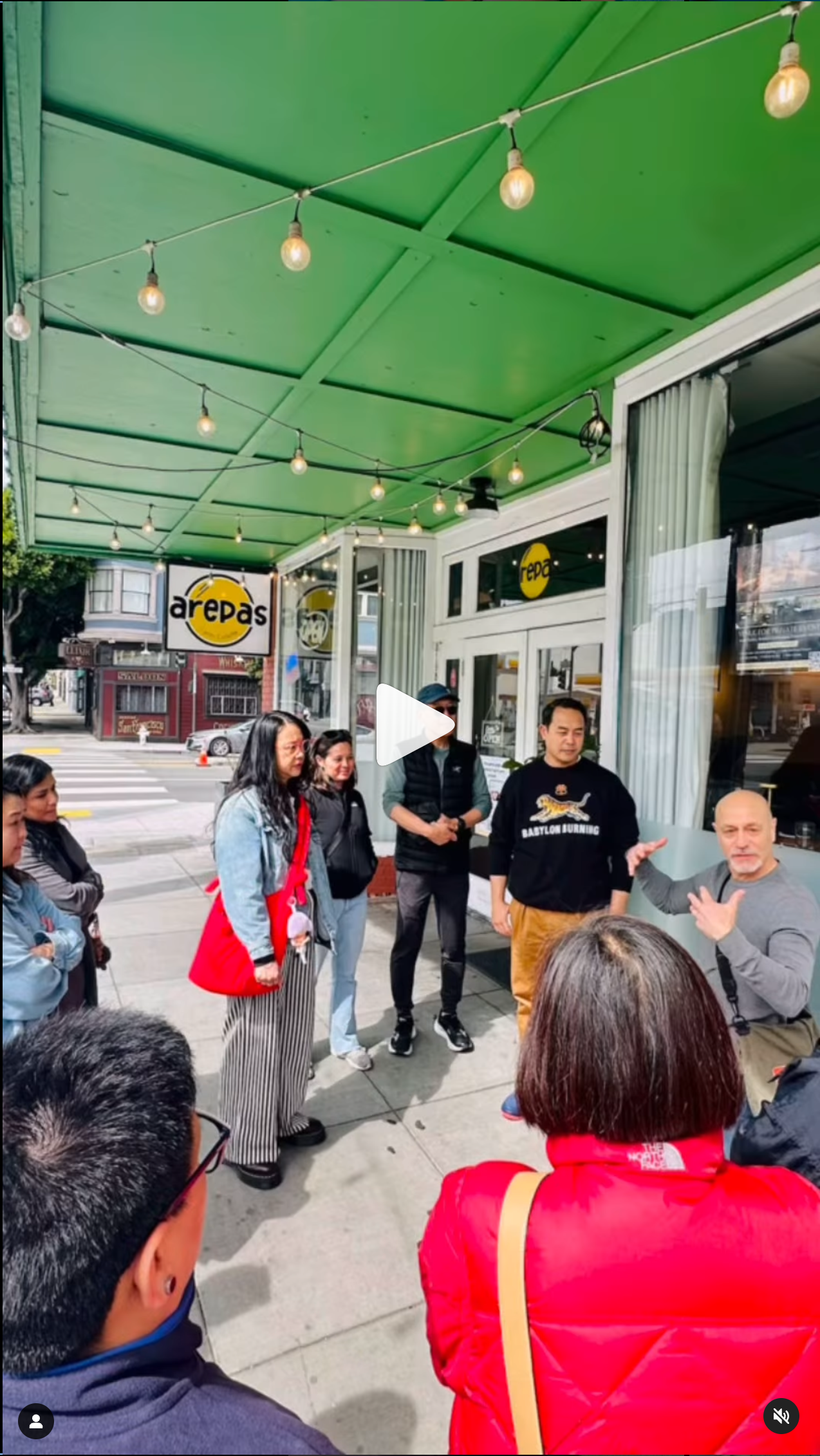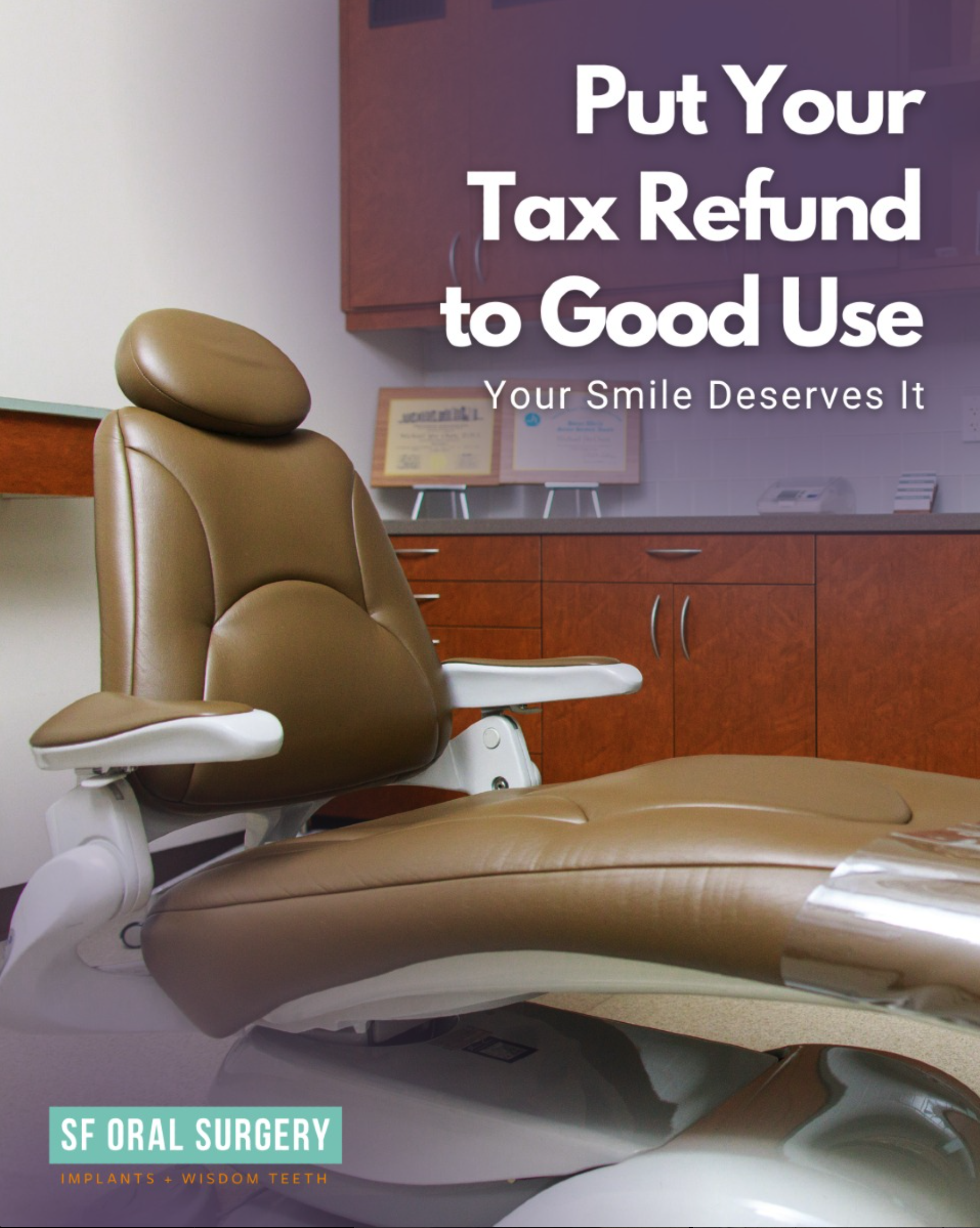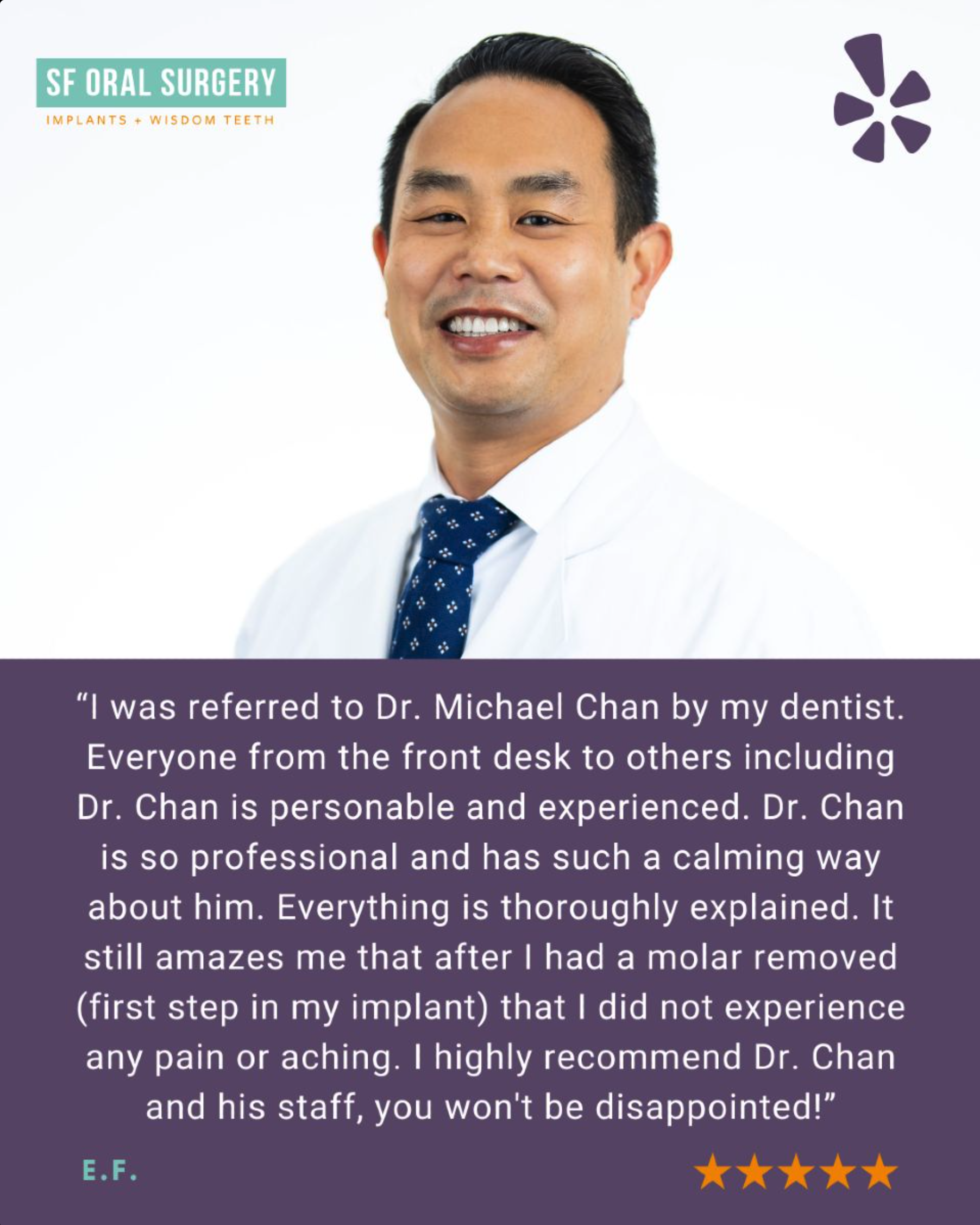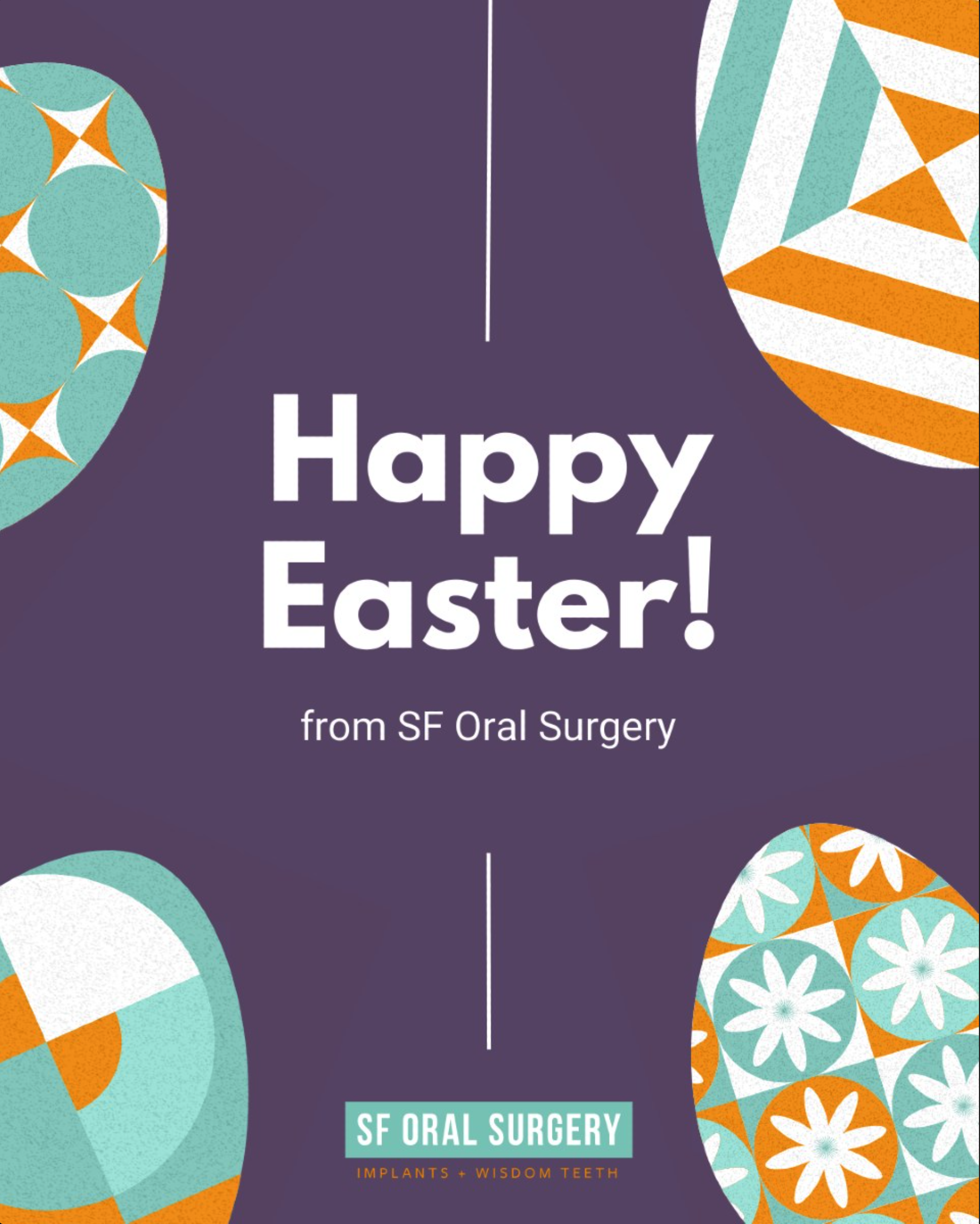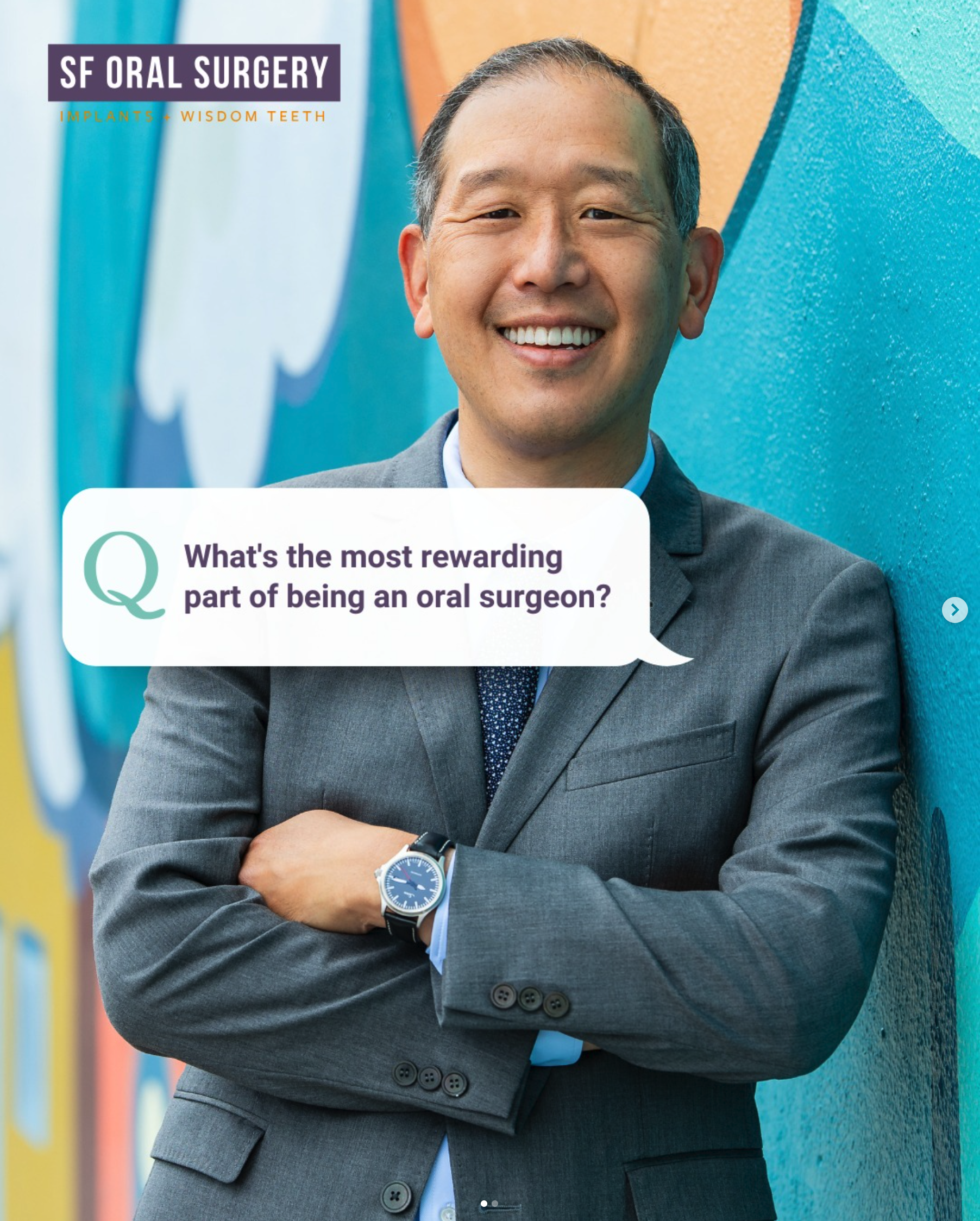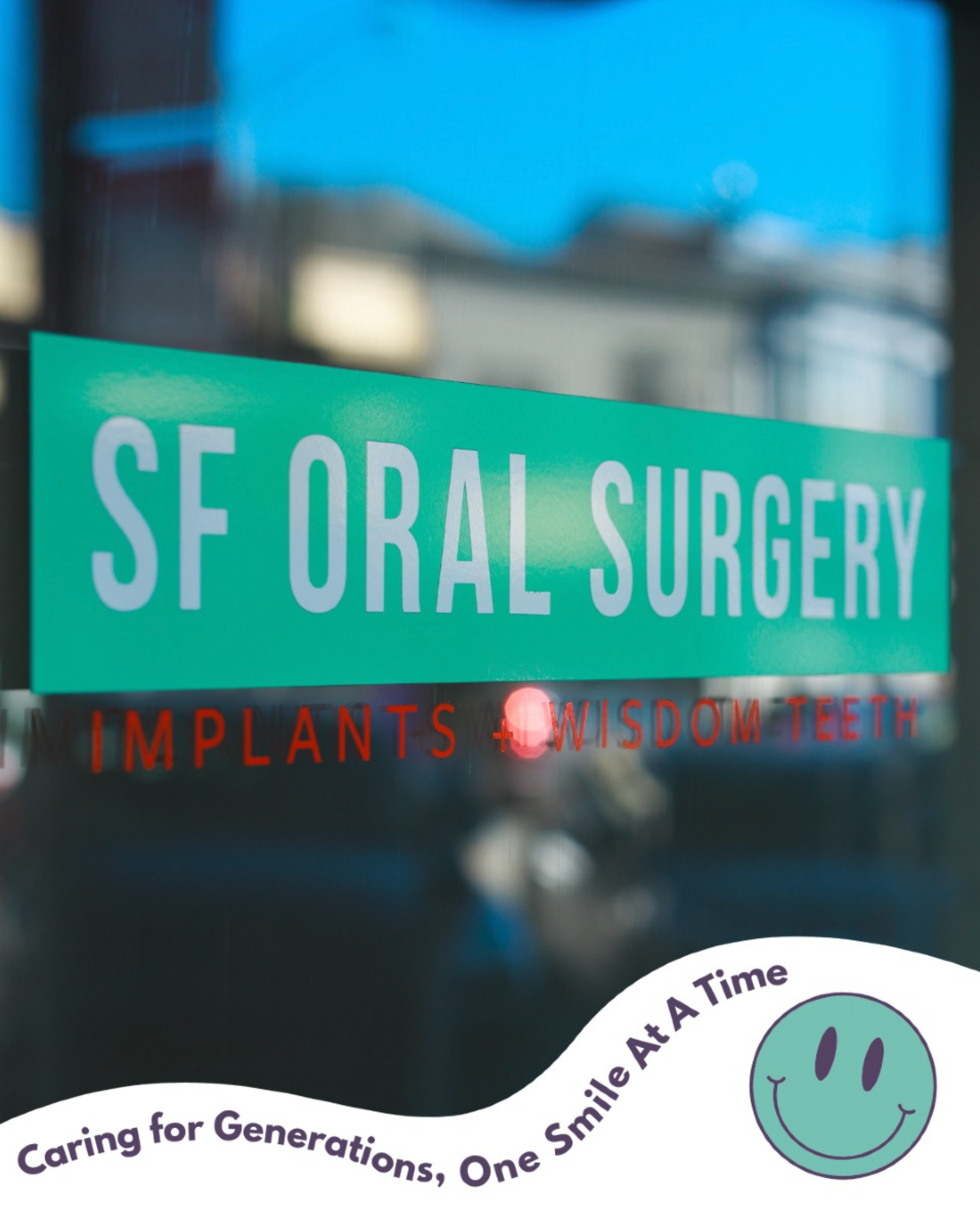 Our doctors at SF Oral Surgery in San Francisco believe in fully educating their patients prior to any procedure they plan to have. They will never pressure anyone to have a procedure, but instead, our doctors work with each and every patient they treat in order to develop a plan that will serve the individual needs of each patient.
Our doctors at SF Oral Surgery in San Francisco believe in fully educating their patients prior to any procedure they plan to have. They will never pressure anyone to have a procedure, but instead, our doctors work with each and every patient they treat in order to develop a plan that will serve the individual needs of each patient.
If you have loose, missing, or diseased teeth and have been researching tooth-replacement options, you might be wondering about dental implants and what the process is to have these placed. In order to help our doctors’ patients to know what to expect from this procedure, we’re breaking down the entire dental implants process here, so keep reading.
What’s Involved in the Dental Implant Process?
At SF Oral Surgery in San Francisco, our doctors have streamlined the two-stage dental implant surgery into a one-stage procedure. Patients will still need to heal for about 6 weeks before their permanent prosthetic teeth can be placed, but this recovery time is much quicker than the traditional dental implants procedure.
If, after your initial consultation, our doctors determine that you are a good candidate for dental implants, they will schedule your in-office procedure at a time that is convenient for you. They will utilize your agreed-upon method of oral anesthesia—local anesthesia or general anesthesia—and will begin your procedure by creating small incisions into the gum line in order to surgically place each dental implant. Dental implants replace missing tooth roots and work to keep your jawbone healthy by providing much-needed stimulation. After they have placed your dental implants, you will need time to heal so your implants can permanently fuse to your jawbone.
During recovery, you will be given a temporary tooth replacement, and your diet will be slightly restricted. San Francisco patients who only have one or two dental implants placed will need to chew their food on the opposite side of their mouths to protect their implants and allow them to heal properly.
After your dental implants have completely fused with your jawbone, you will visit our doctors to have your new tooth or teeth connected to your dental implants. After this, your new prosthetic teeth will function, feel, and look like natural teeth!
What Types of Prostheses Are Available?
At SF Oral Surgery in San Francisco, our doctors offer several types of prosthetic teeth for their dental implants patients, including:
- Crown for a single missing tooth – A crown needs to be attached to its own dental implant.
- Partial prosthesis for two or more teeth – The partial prosthesis does not need to be attached to its own dental implant and normally requires only two or three dental implants.
- Complete prosthesis for all teeth in your upper or lower jaw – There are different options for the number of dental implants recommended based on whether the prosthesis is removable or fixed. An overdenture attaches to a bar or ball in a socket, and you can remove it yourself, while a fixed prosthesis can only be removed by a dentist.
Call Our Doctors at SF Oral Surgery Today
No matter how many loose, missing, or diseased teeth you have, our doctors can help restore your oral function by placing dental implants. To schedule your initial consultation, call our office today in San Francisco at (415) 776-6710.
Request A Consultation
Get To Know Your Team | Follow Us On Instagram
